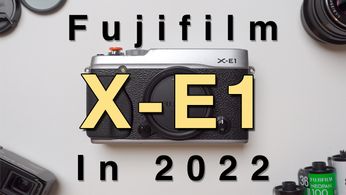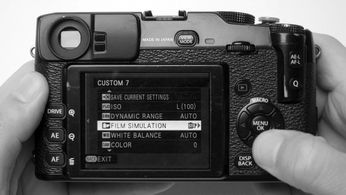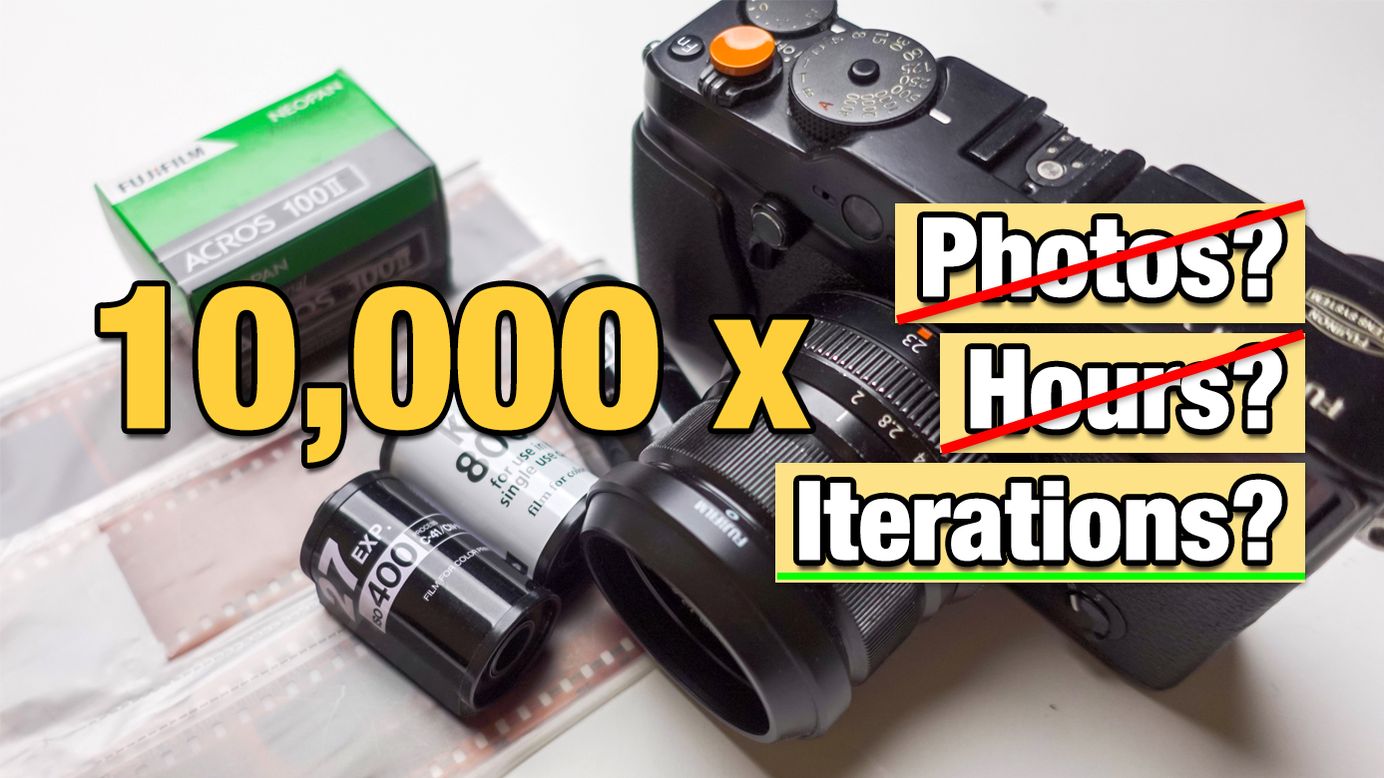
10,000 Photographs? - Hours Vs Iterations
How To Improve Your Photography & Creative Skills
Table of Contents
We are all constantly searching for the best magical way to improve our craft, the best hack or the fastest shortcut that can help your photography, writing, filmmaking, painting, sculpting, or any other creative skills, you name it.
However, improving your craft and growing as an artist can be straightforward, you have to do it to get better and the more you do it the better you get at it. That being said, it does not mean it's easy. If it were, every single person would be the best at every single thing out there. Keep that in mind.
The 10,000-Hour Rule
Maybe you have heard of the 10,000-hour rule by Malcolm Gladwell. But in case you haven't let me summarize it. In his book, Outliers, published in 2008, Malcolm Gladwell writes:

Since the book was published, many people have taken a stance regarding this principle, many people agree or identify with it, and many say it's too broad and impersonal. And in a way, both sides are correct. The principle seems to hold up when it comes to repeatable, technical tasks like playing chess for example:
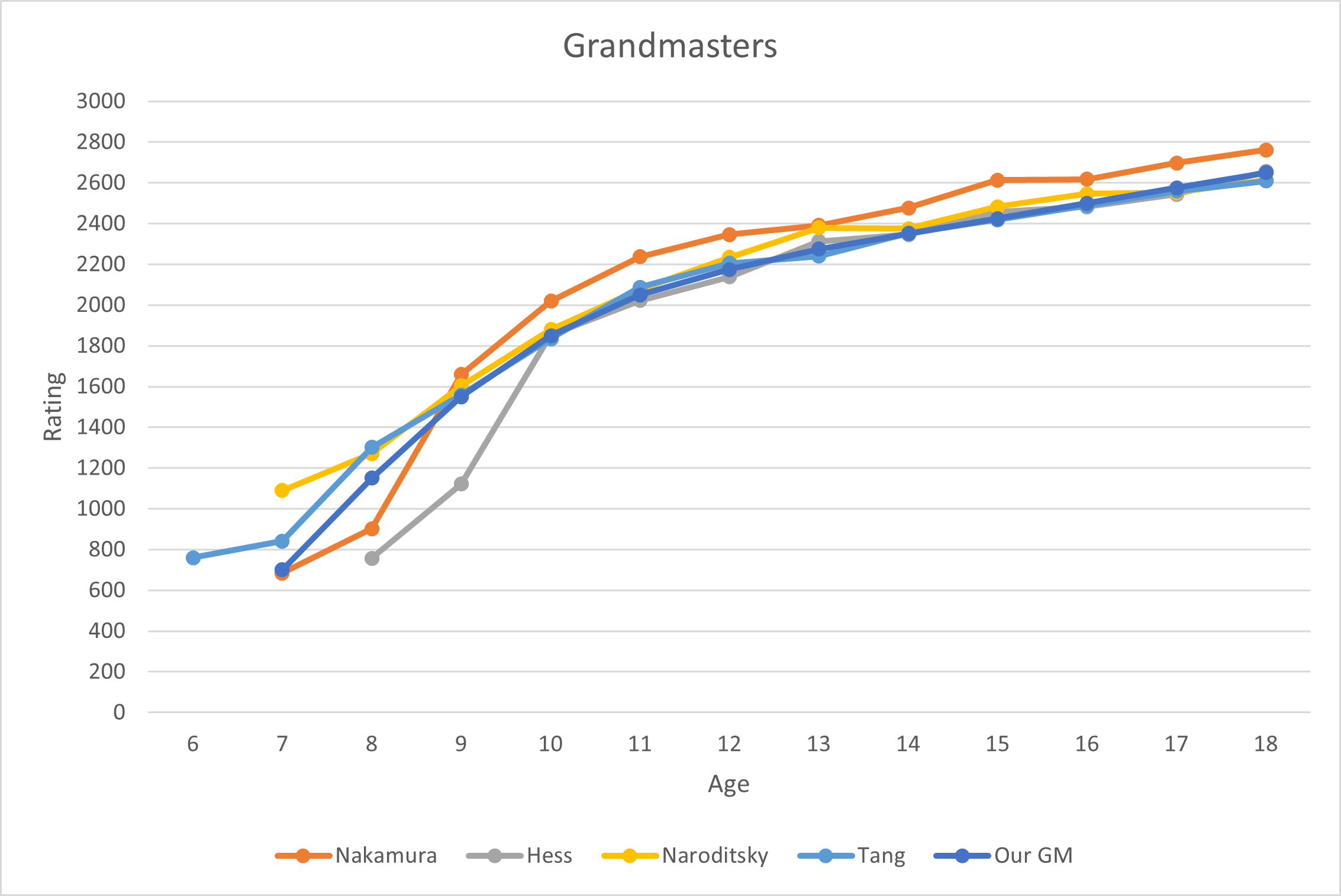

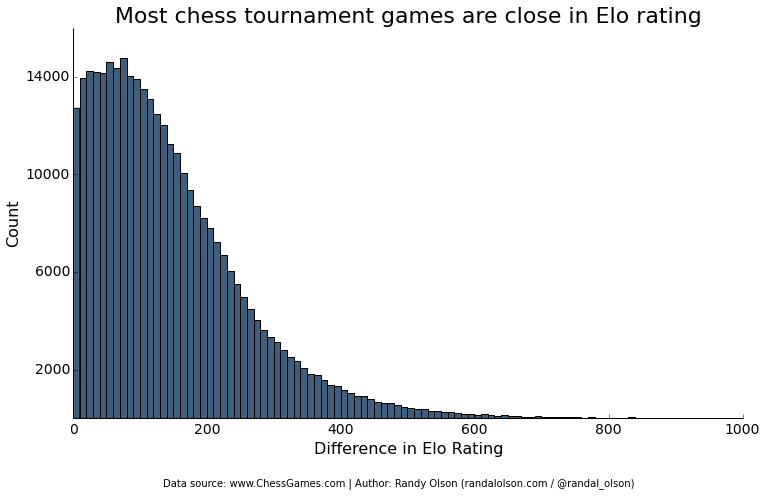
In chess, there are suggested ages to start playing, categories and levels, timelines for becoming a professional, and even charts and graphs that measure it.
But, we cannot say the same about creative endeavours, things as painting, dancing, photography and filmmaking, there is no timeline for that, there is no preset for the number of hours required that can be applied to every single person out there.
Therefore, I take this principle with a huge grain of salt, I don't dismiss it entirely since there is value in it, and it does help evaluate things further, but I want to refine it more and that brings us to the next step.
The 10,000 Photographs Variant
The people that think that measuring your progress in hours is too broad normally modify the 10,000-hour rule and make it more specific. So if you're a painter, then you need 10,000 paintings to be world-class at it, if you're a photographer then you need 10,000 photographs to be world-class at it, etc.
This is Henri Cartier-Bresson's very famous quote:
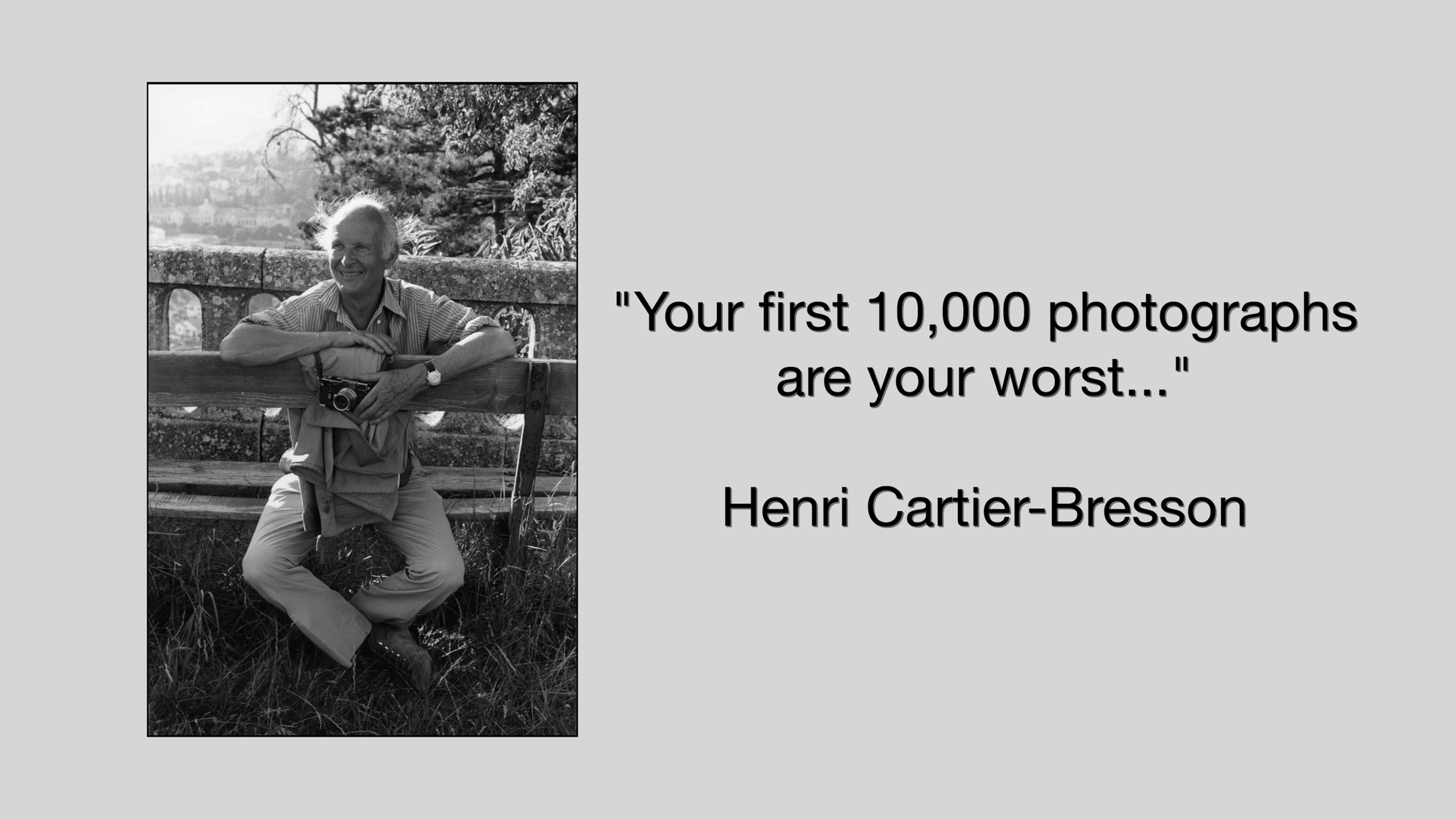
It's not that different from the original rule or principle first stated by Malcolm Gladwell. But it does it make more personal to you and whatever it is that you're trying to achieve, in this case, photography.
And I cannot be too harsh about it, I completely understand where they're coming from. Principles like these are designed to be broad so they can apply to a large group of people.
But it makes you wonder, why not 20,000 for the magic number? or 30,000? why do people modify existing rules and principles to fit their lifestyle? I don't dismiss this variant of the 10,000-hour rule, but I don't fully agree with it either. And that brings us to its final form.
Iteration Drives The Learning Curve
Iteration is what matters, not the hours you put in or the number of images or paintings you make. Perhaps it sounds like another variant of the 10,000-hour rule, but it's quite different, there's no goal number attached to it anymore.
The subtitle is Iteration drives the learning curve, not 10,000 units drive the learning curve. It involves self-awareness to know what number applies to you if any. And the actual desire to grow and get good.
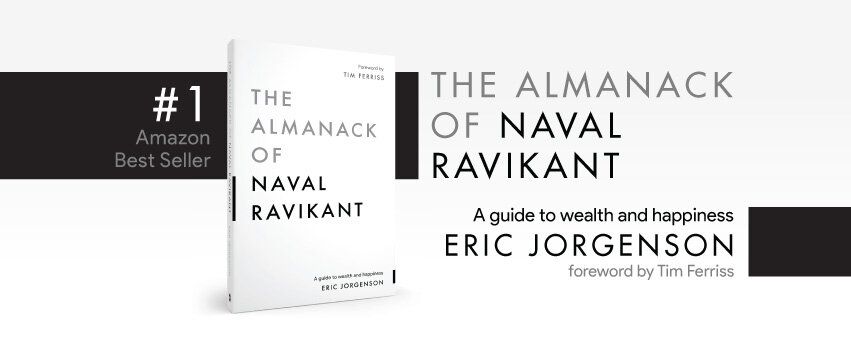
In his book and podcast, Naval Ravikant states:
"Doing encapsulates a lot. For example, let’s say, I want to learn how to run a business. Well, if I start a business where I go in every day and I’m doing the same thing, let’s say I’m running a retail store down the street where I’m stocking the shelves with food and liquor every single day, I’m not going to learn that much because I’m repeating things a lot"
"So, I’m putting in thousands of hours, but they are thousands of hours doing the same thing. Whereas if I was putting in thousands of iterations, that would be different. So, the learning curve is across iterations."
"So if I was trying new marketing experiments in the store all the time, I was constantly changing up the inventory, I was constantly changing up the branding and the messaging, I was constantly changing the sign, I was constantly changing the online channels that are used to drive foot traffic in, I was experimenting with being open at different hours, I had the ability to walk around and talk to other store owners and getting their books and figure out how they run their businesses. It’s the number of iterations that drive the learning curve."
And this is where all the principles and rules previously discussed perfectly align for us creatives, photographers, filmmakers, writers, etc. It's the number of iterations that make us grow.
Let's Define Iterations
Iteration is not just repetition or the act of repeating something. Iteration goes beyond that and adds learning to the process. For example:
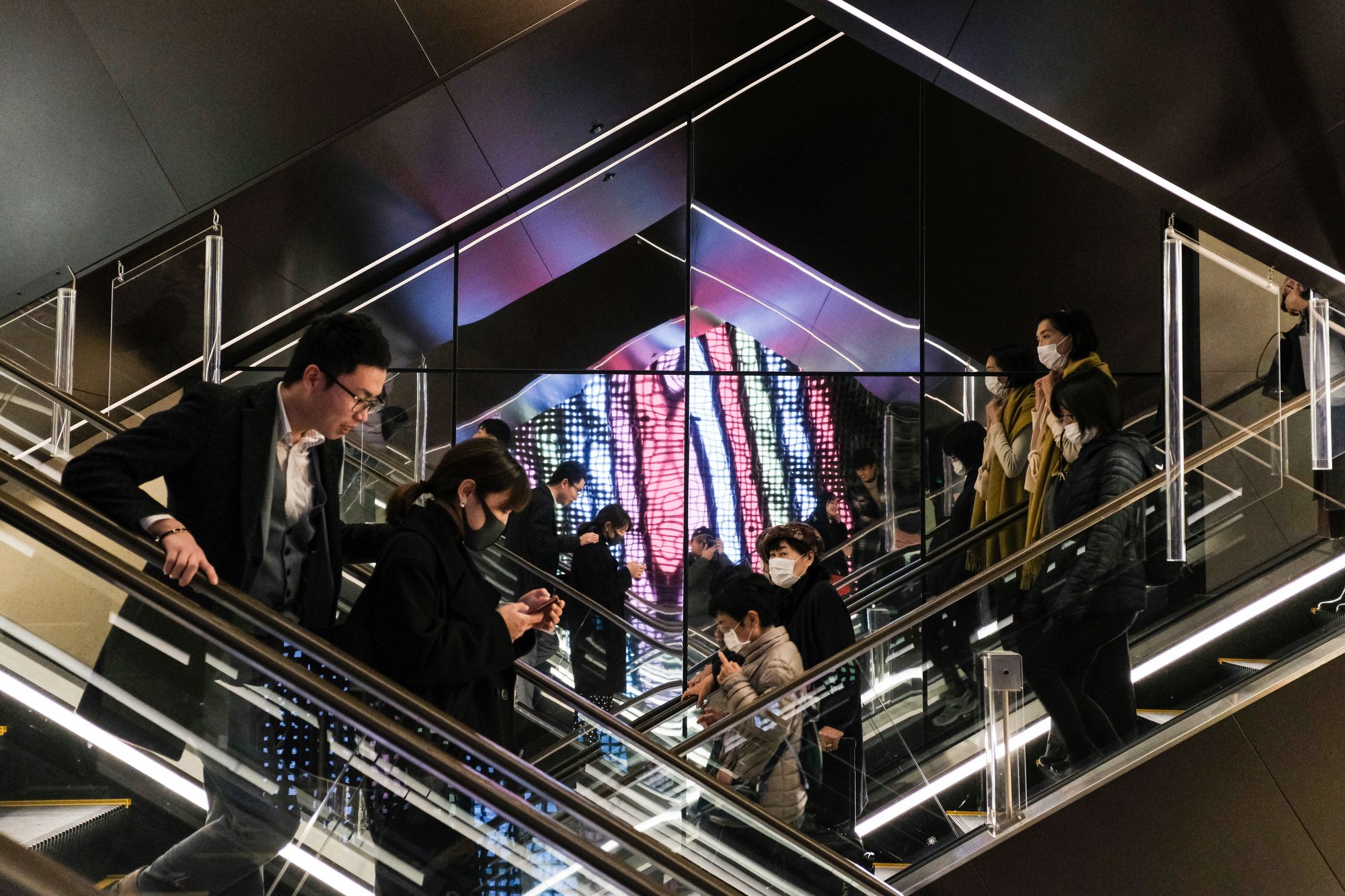
I mentioned this in a previous video, but I had to take over 700+ photographs to get this one right here. A paid job for a department store In Osaka, Japan. It was a great experience that helped me learn and iterate my photography process. However:
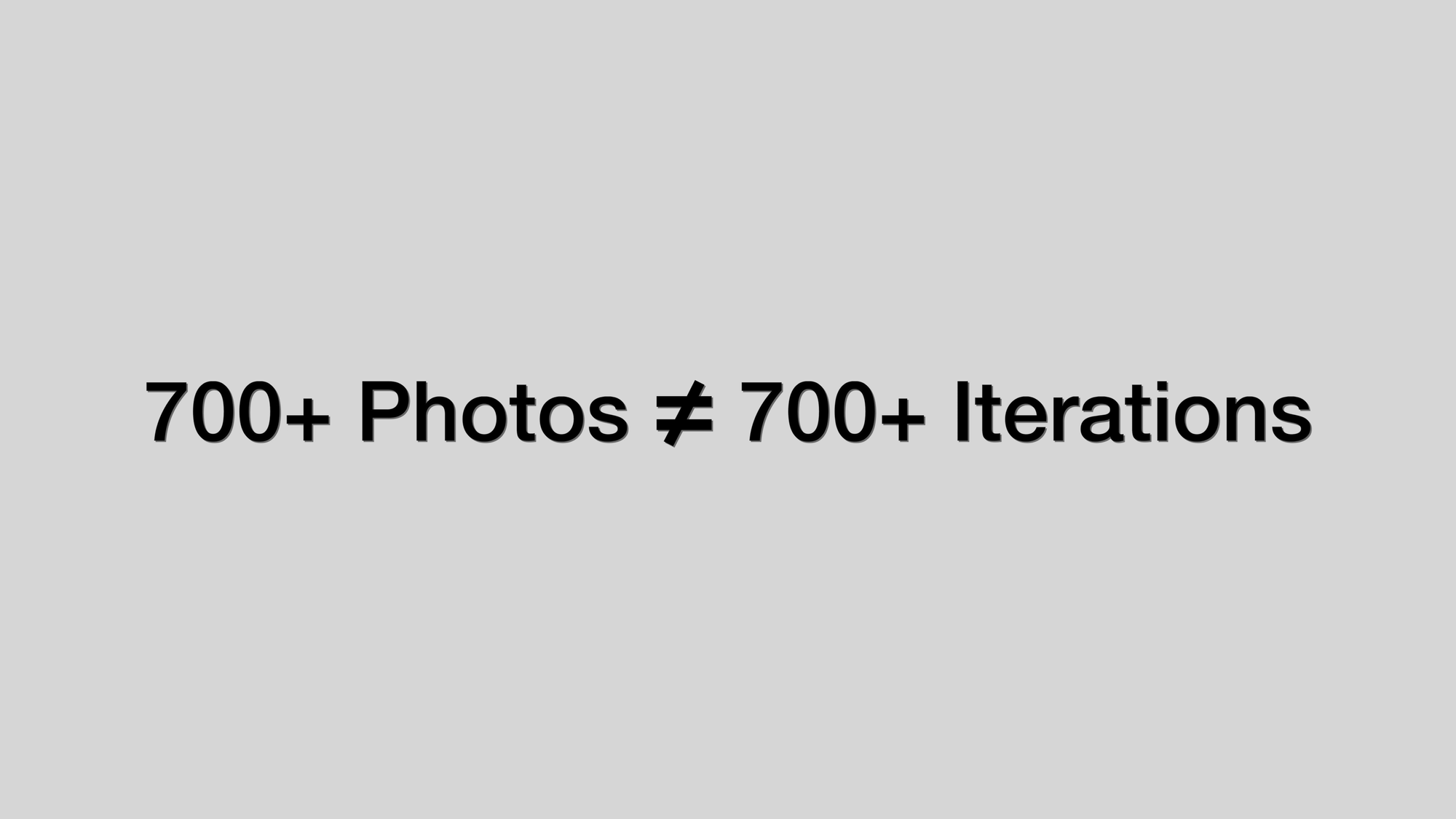
That whole experience was just one iteration, I didn't learn some groundbreaking technique with every single photo I took. I didn't drastically improve my technical skills or style with every photograph.
On a regular day, I'll take around 200 photos, and after reviewing my work, perhaps 10 images are decent, perhaps 1 is good. But I need to examine it in the first place, see what I did wrong, think of ways I can improve, analyze it and learn from failure. That is the meaning of iteration, taking 200 photos on a single day does not equate to 200 iterations. If you're lucky, 200 photos equate to 1 iteration.
It is possible to take thousands of photographs and learn nothing from them, it is possible to put the minimum effort into something and then feel disappointed when you don't like the results.
Or put a lot of hard work and effort into the wrong thing and also be disappointed when you don't like the results as well. Do you want to become a photographer? do hundreds or thousands of iterations, not hours, or photographs, but iterations.
Learn The Technical Aspects
So, that's the most important thing to keep in mind when trying to grow and learn, and in this case, become a better photographer. Although this concept is fundamental, it's only one side of the coin.
The other side relates to things like learning and mastering the technical aspects of your craft, in this case, the exposure triangle, shooting in manual mode, focusing methods and your settings. I've made several of those types of videos, and you can watch them right here:
Thousands of iterations will make you grow and get good. How many iterations do you ask? I leave that homework to you...
YouTube Video
This is a summary of my YouTube Video, you can watch the whole piece linked here:








